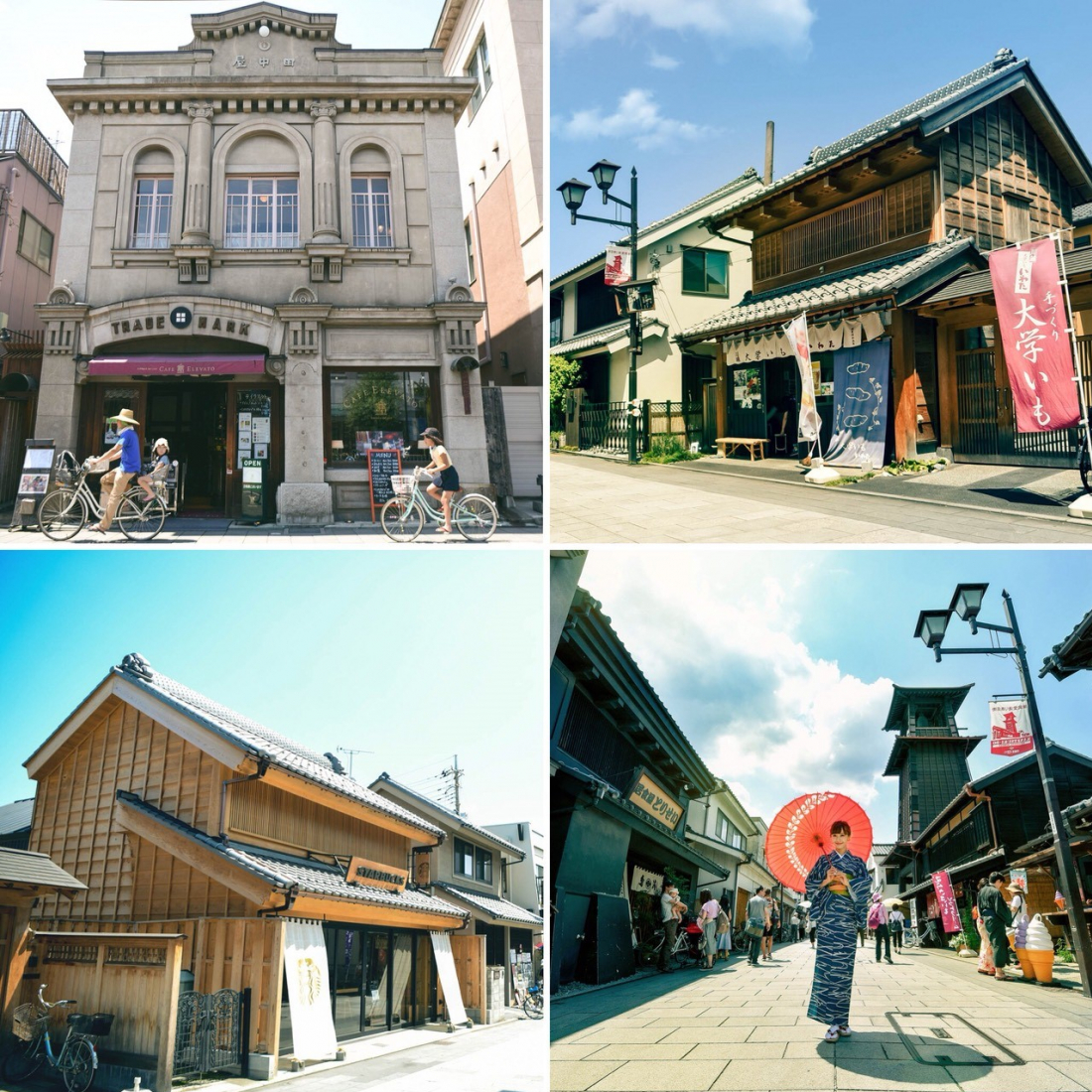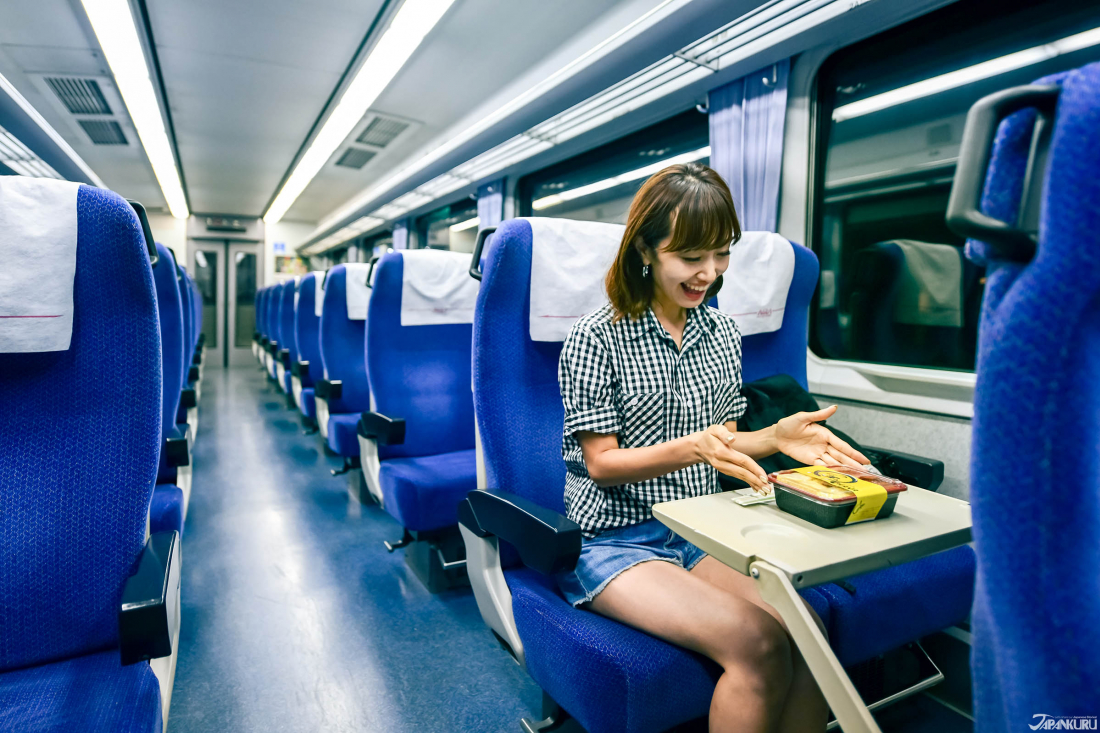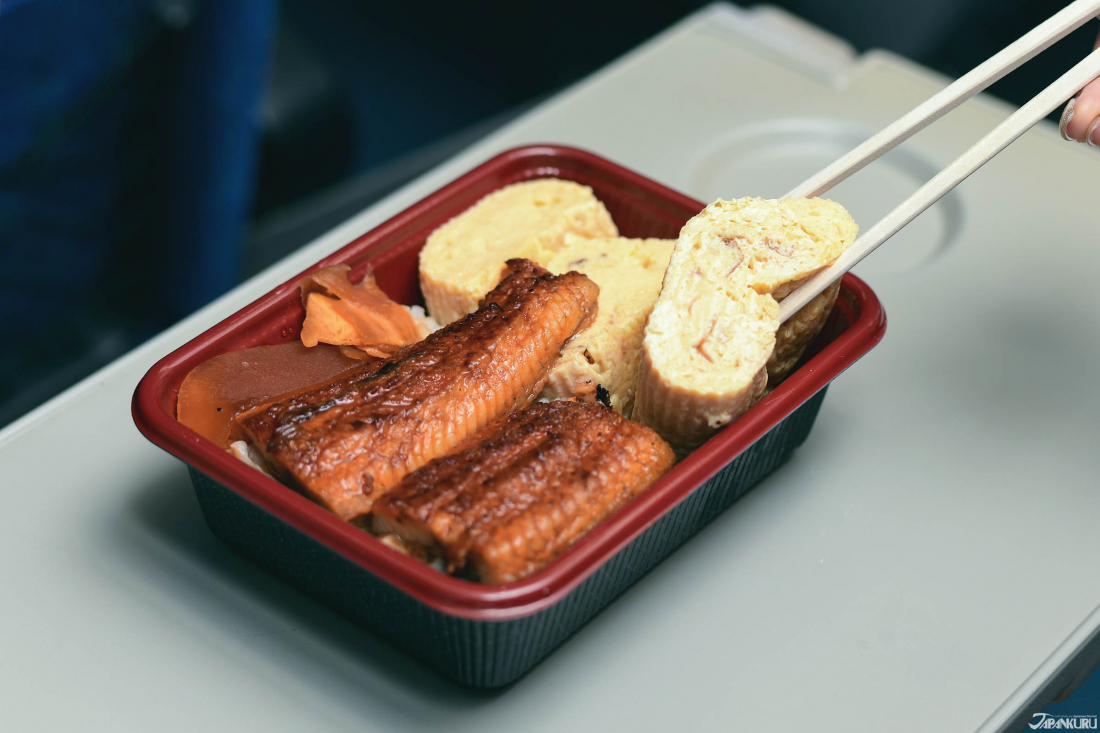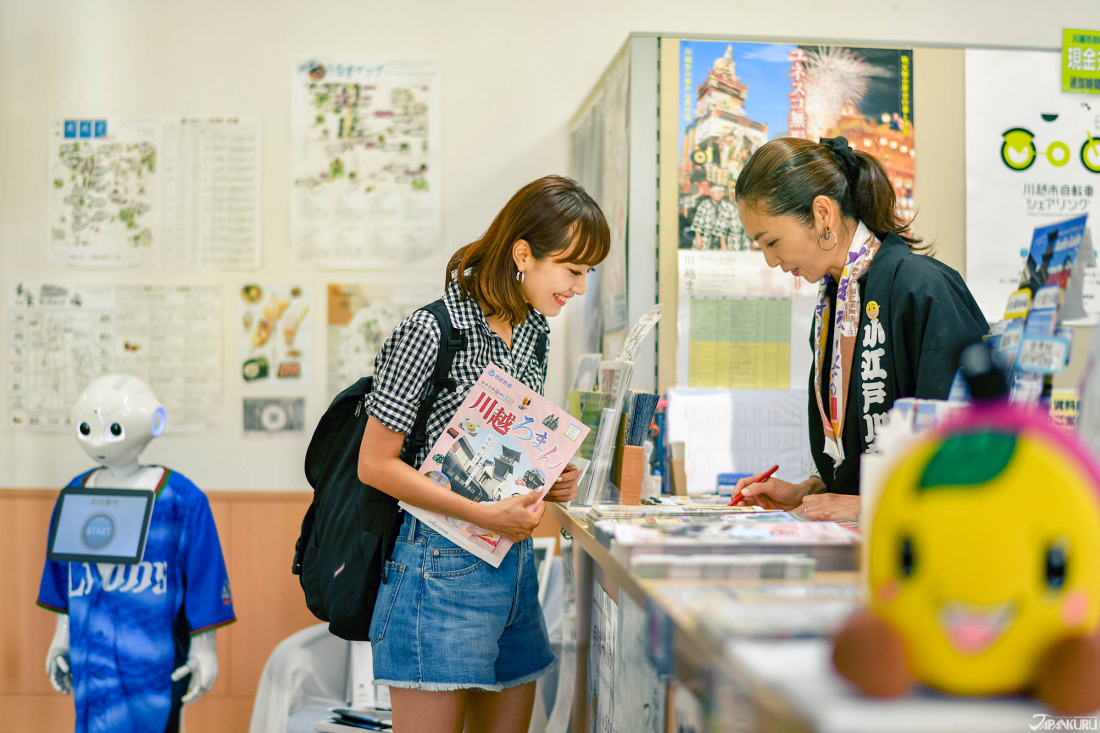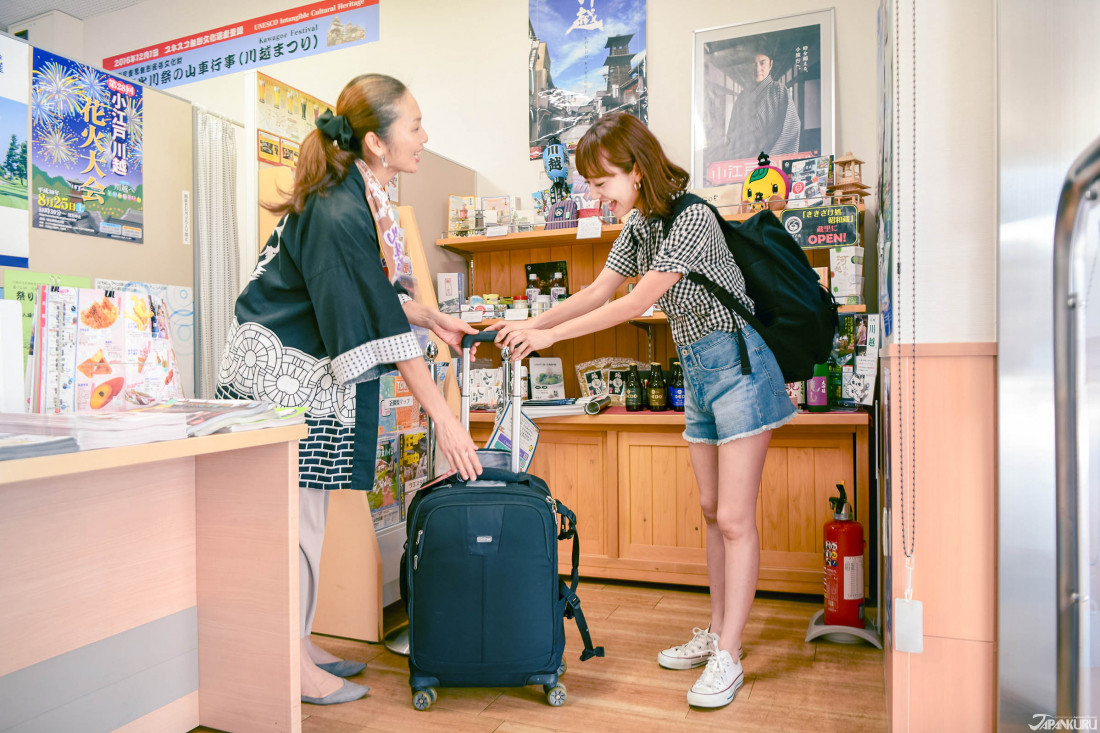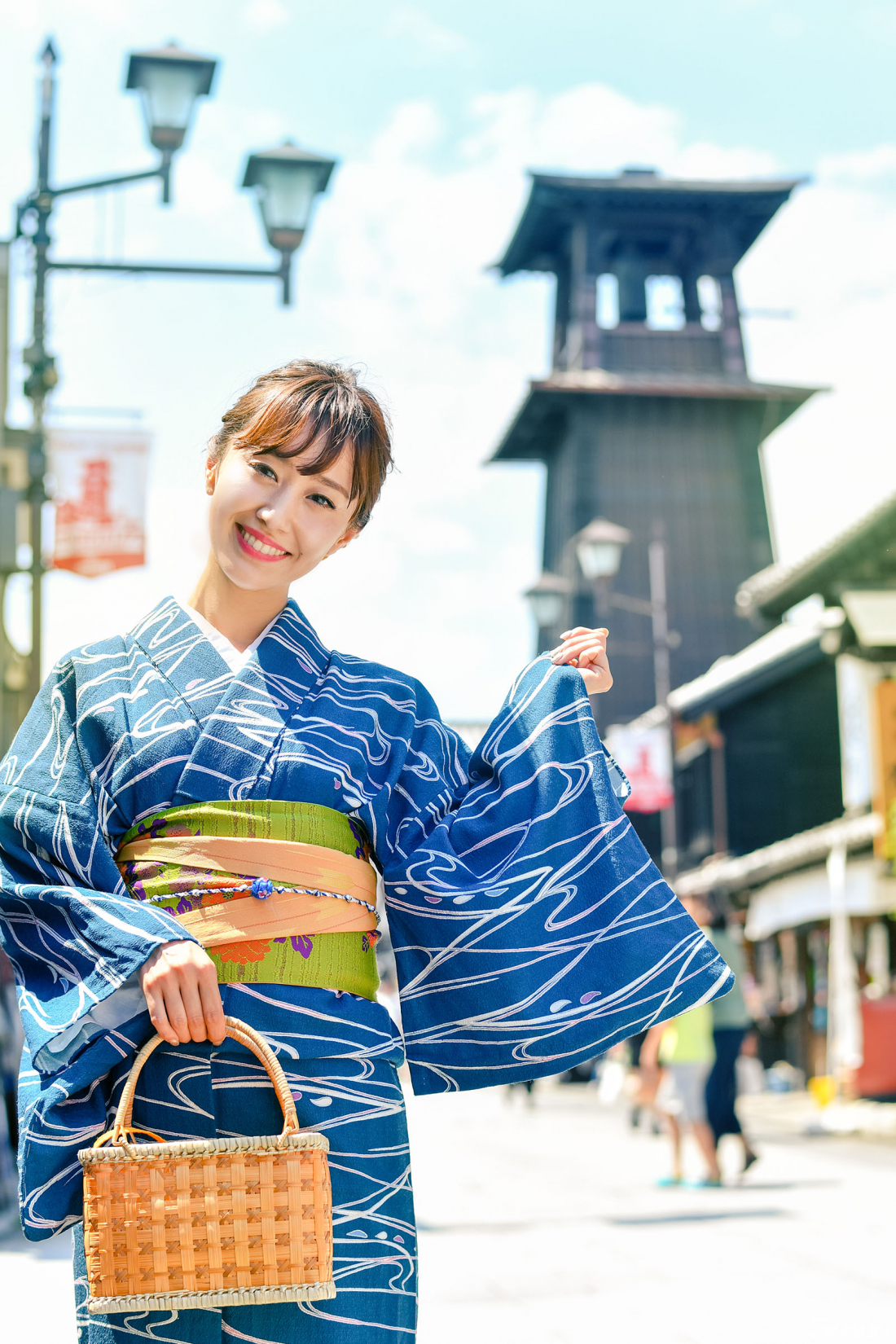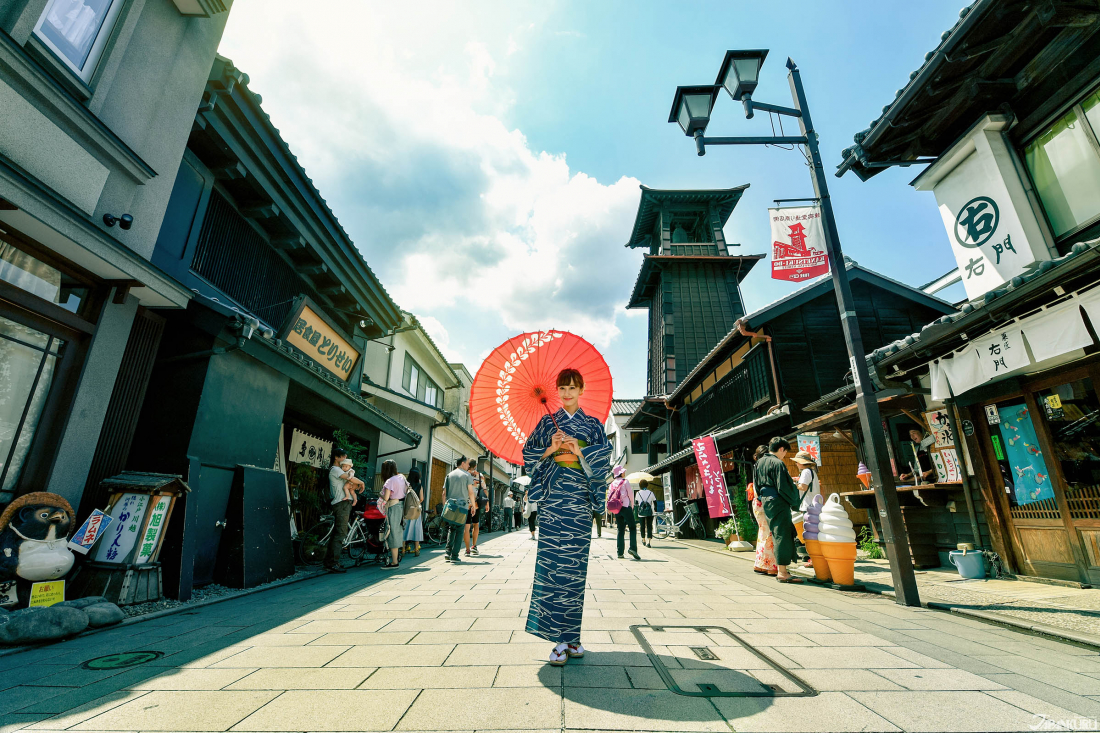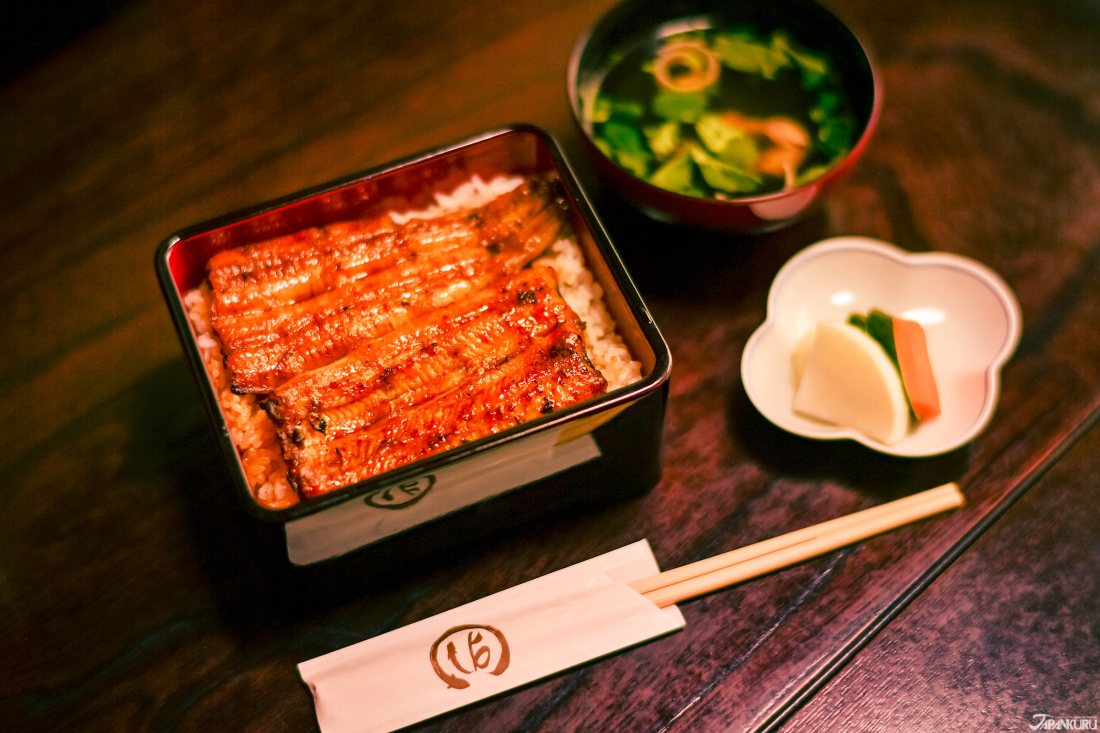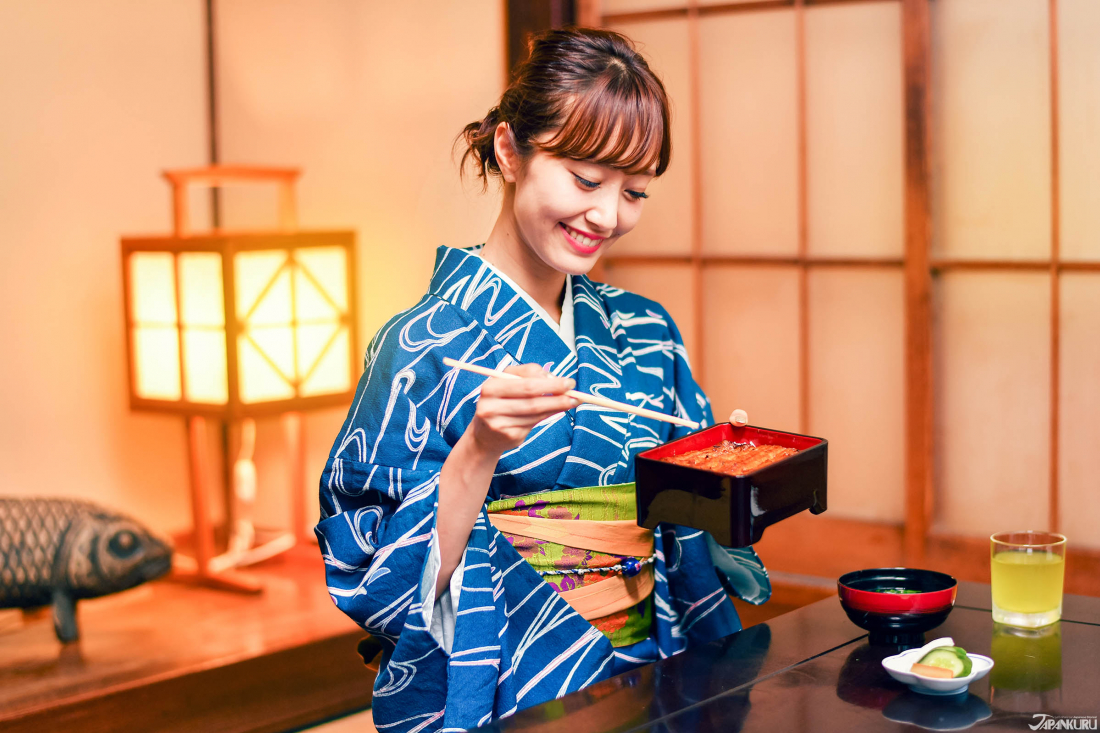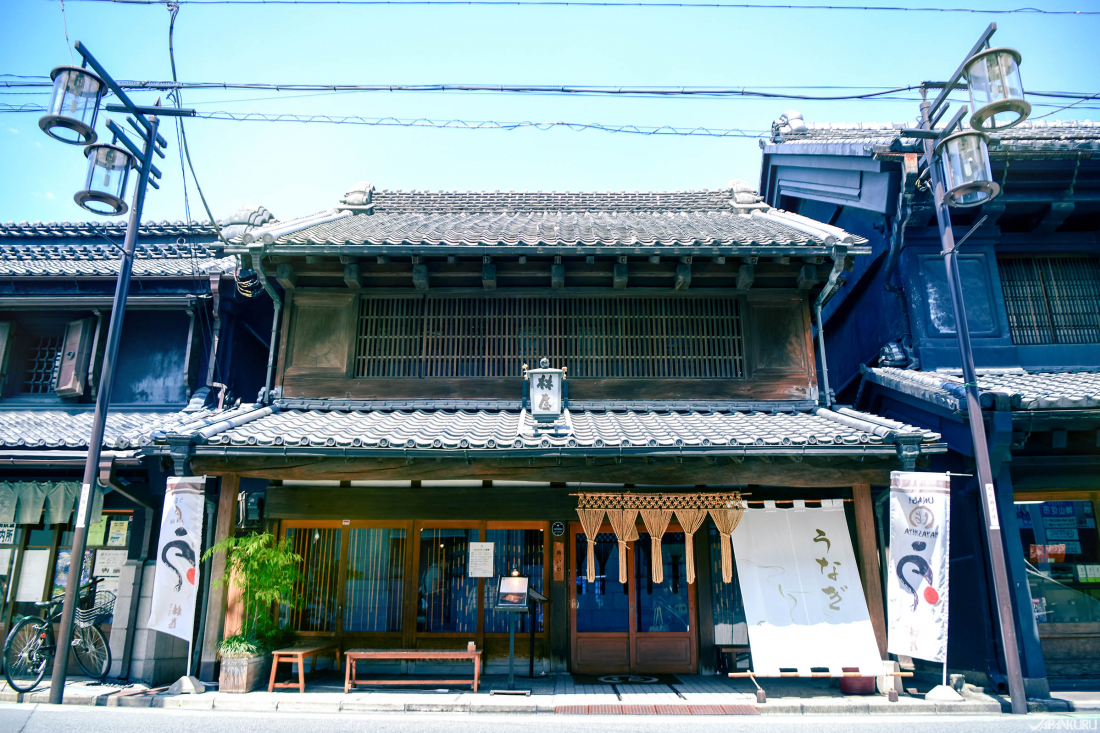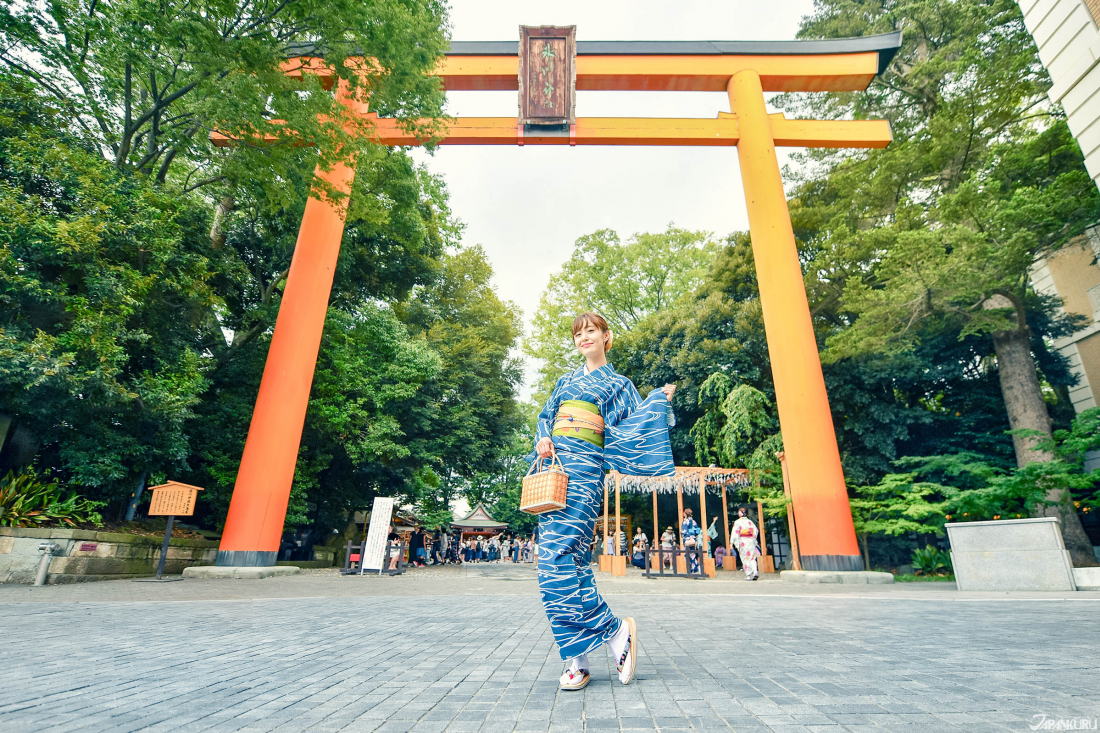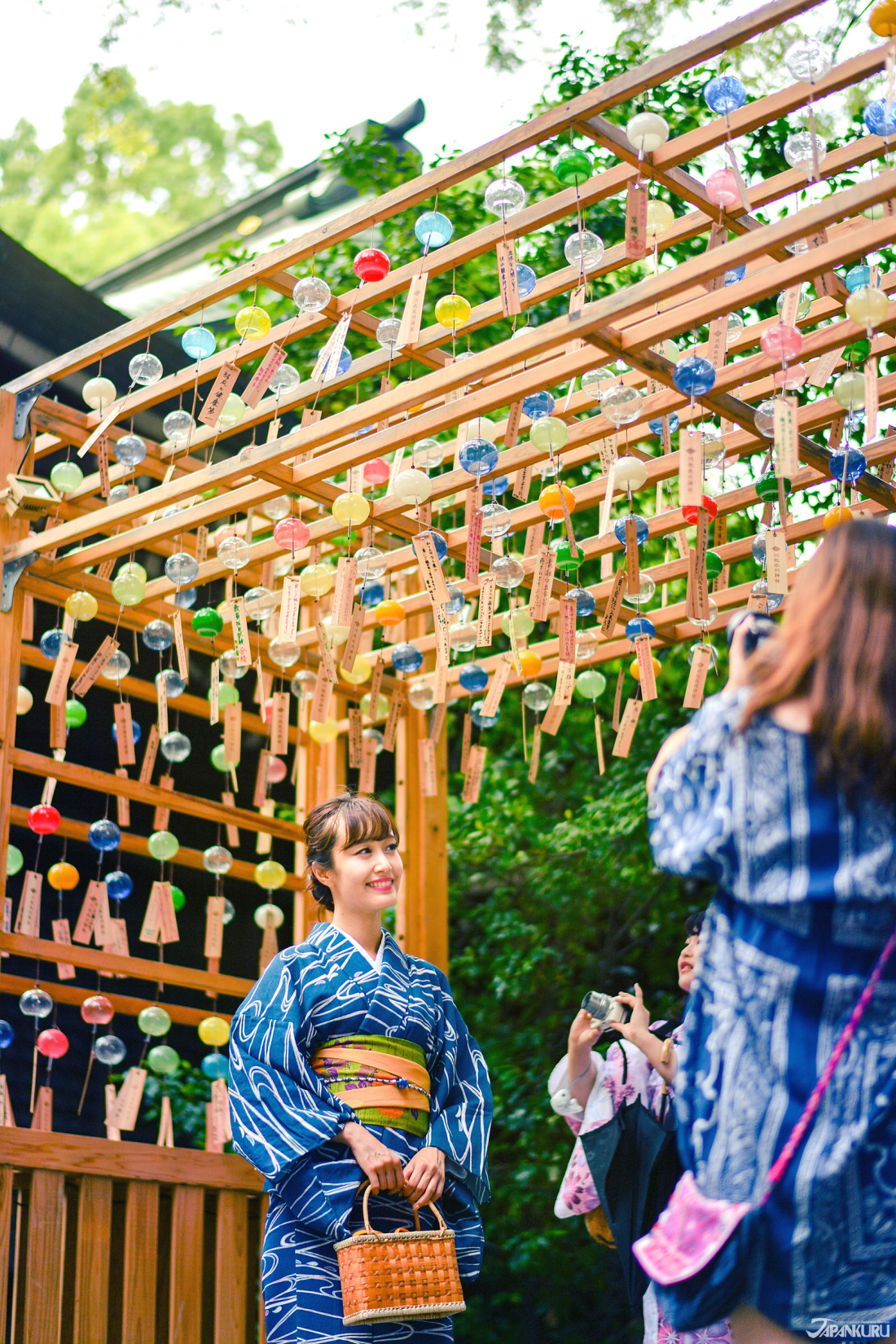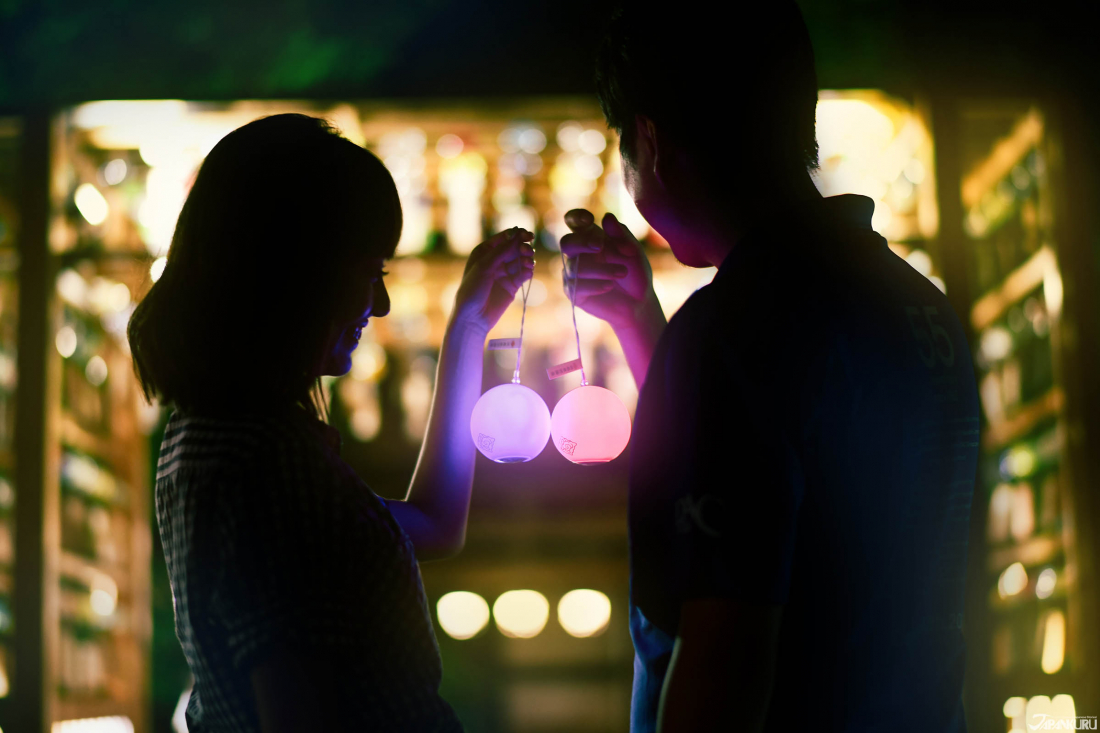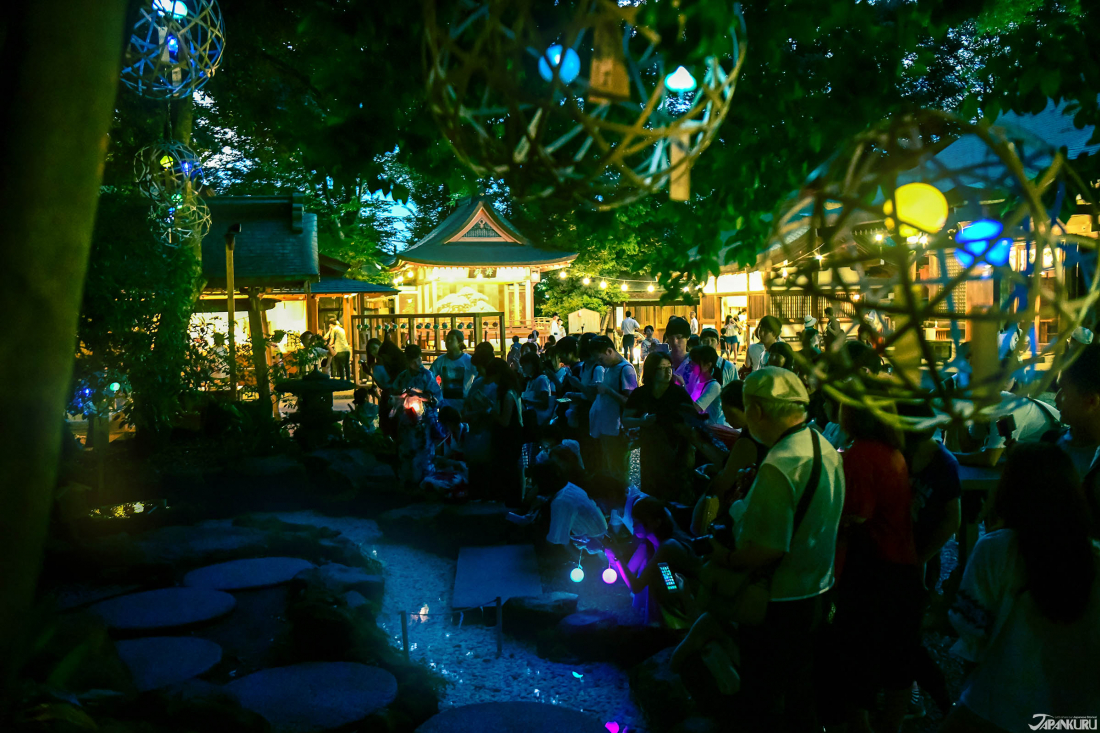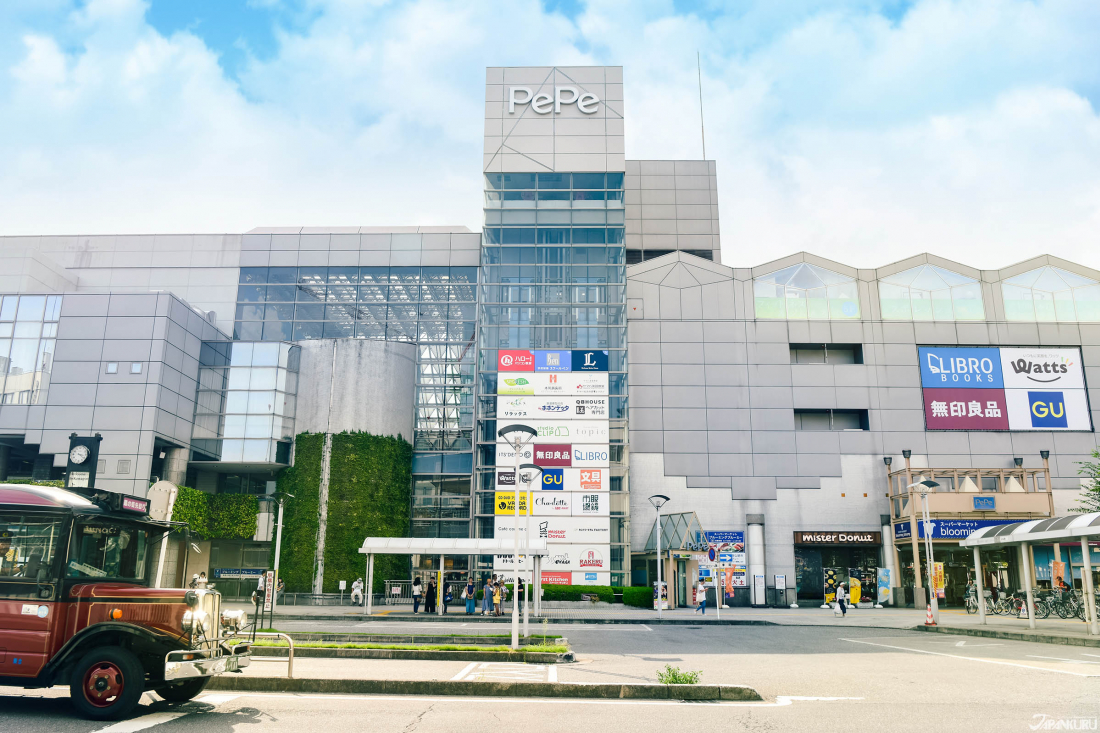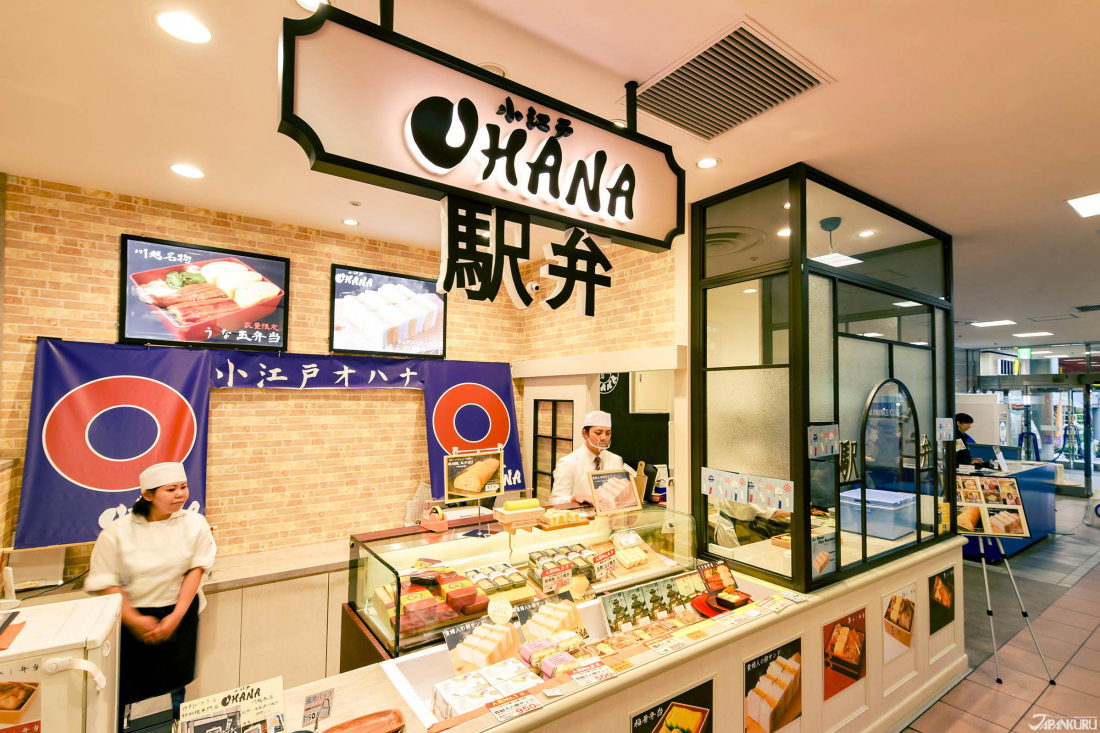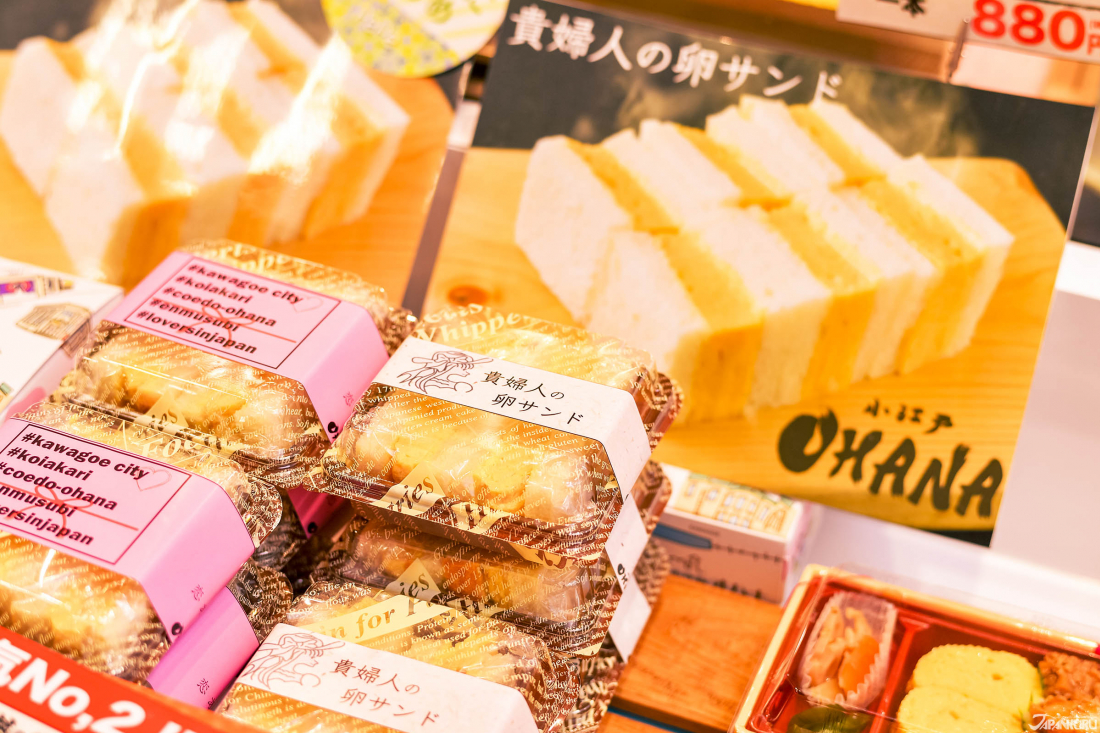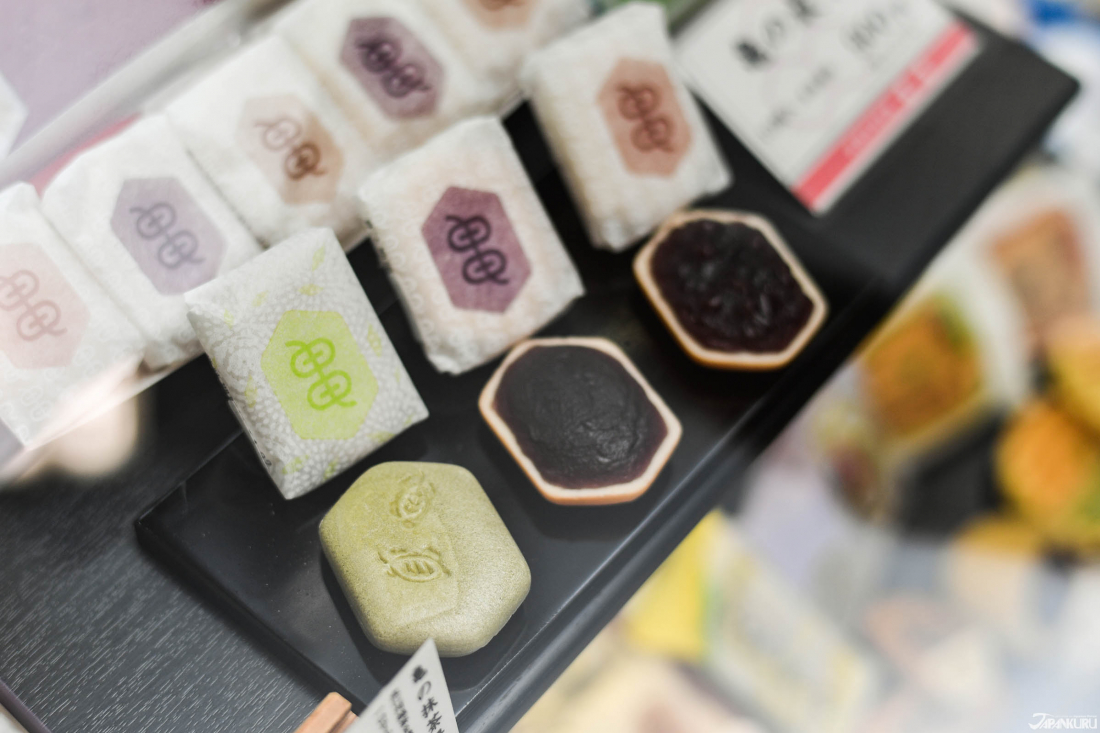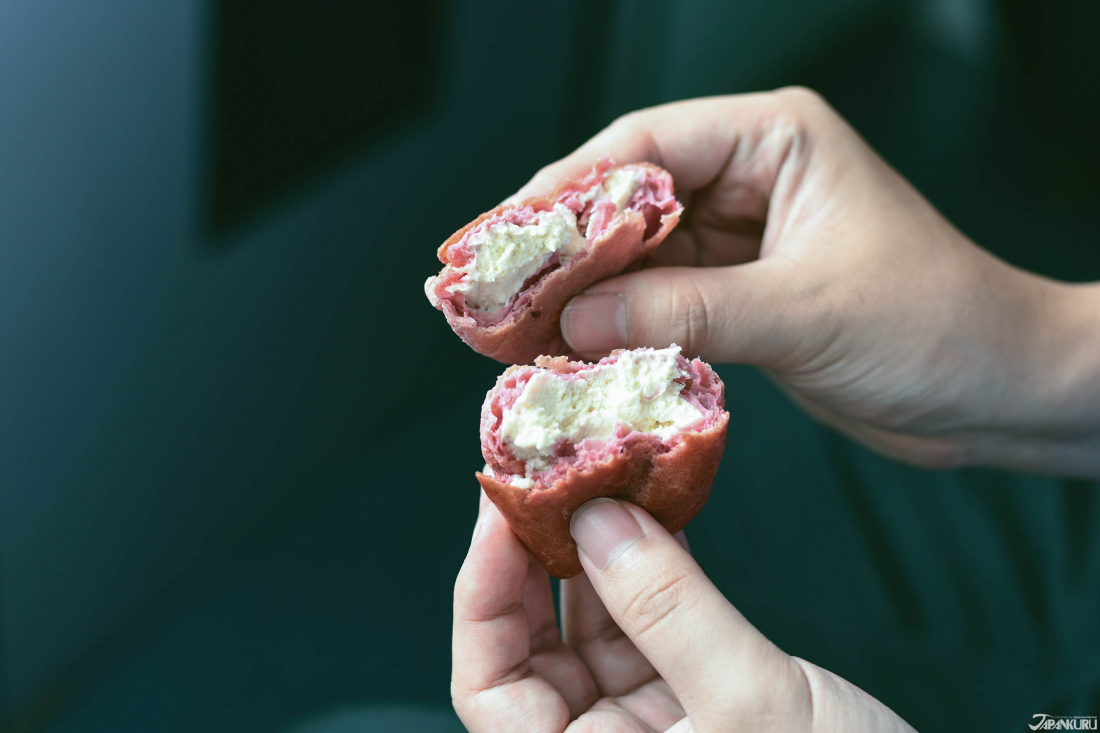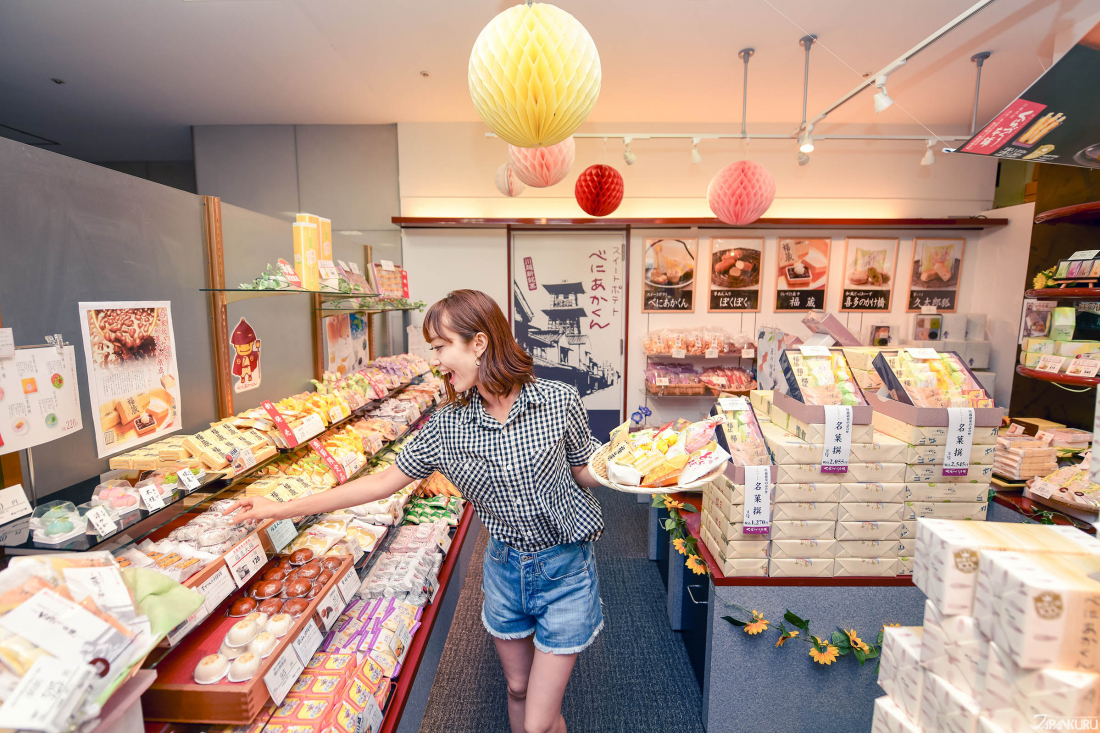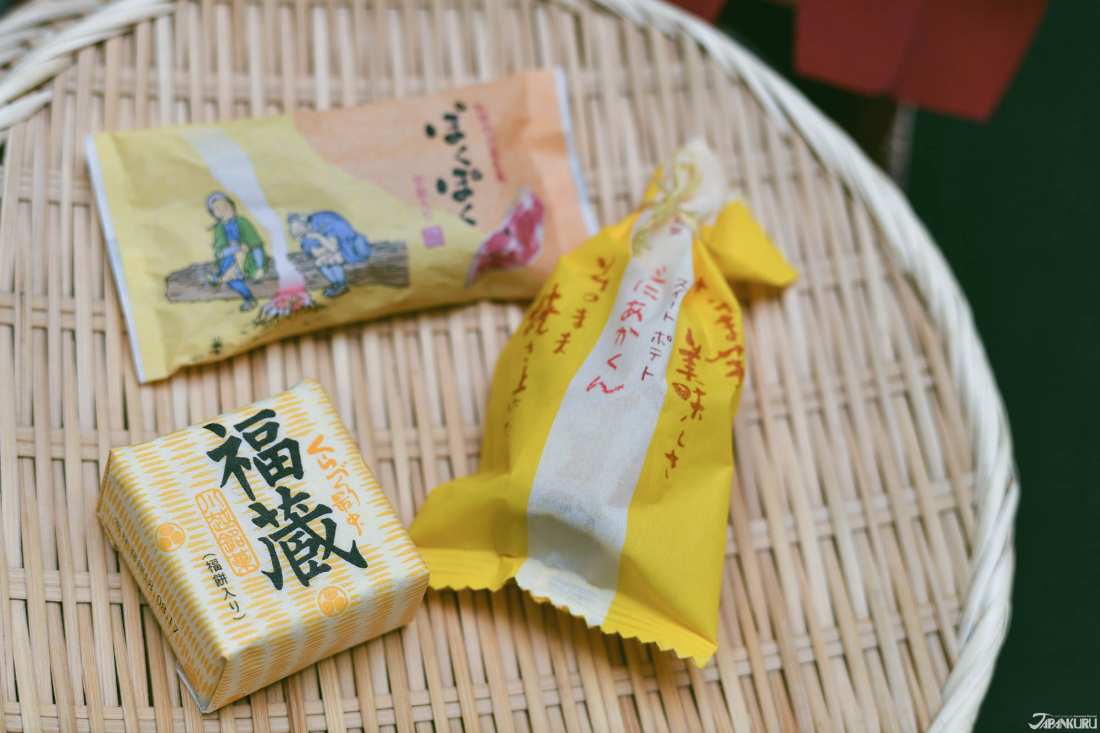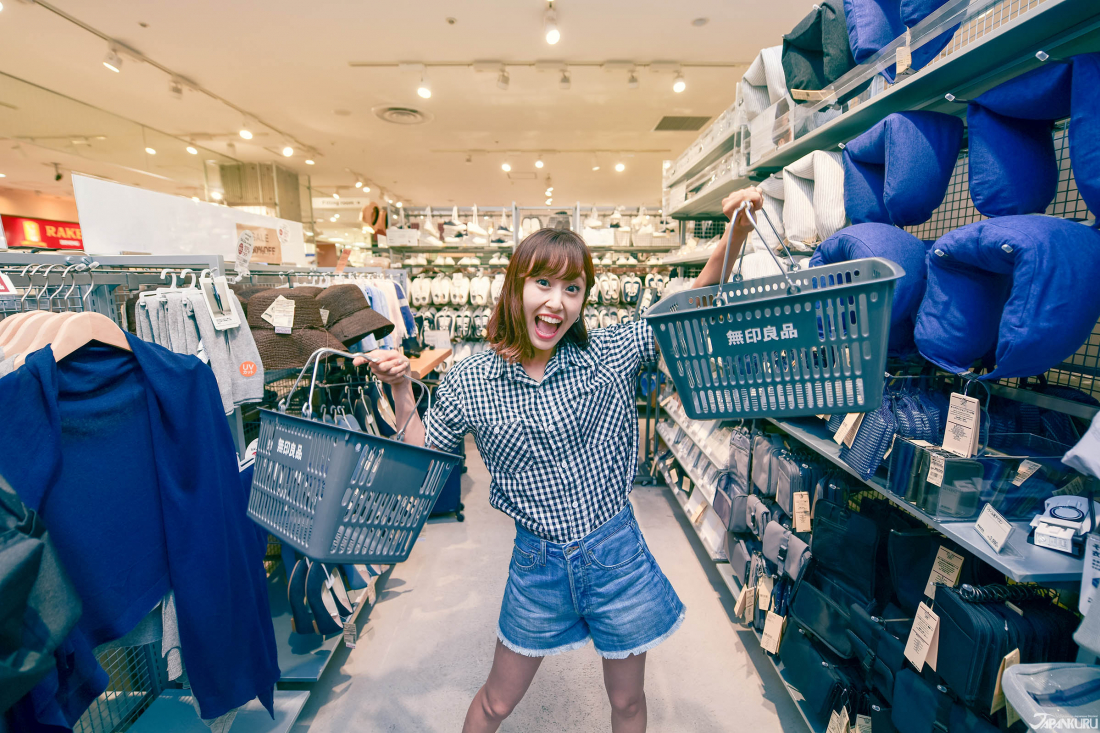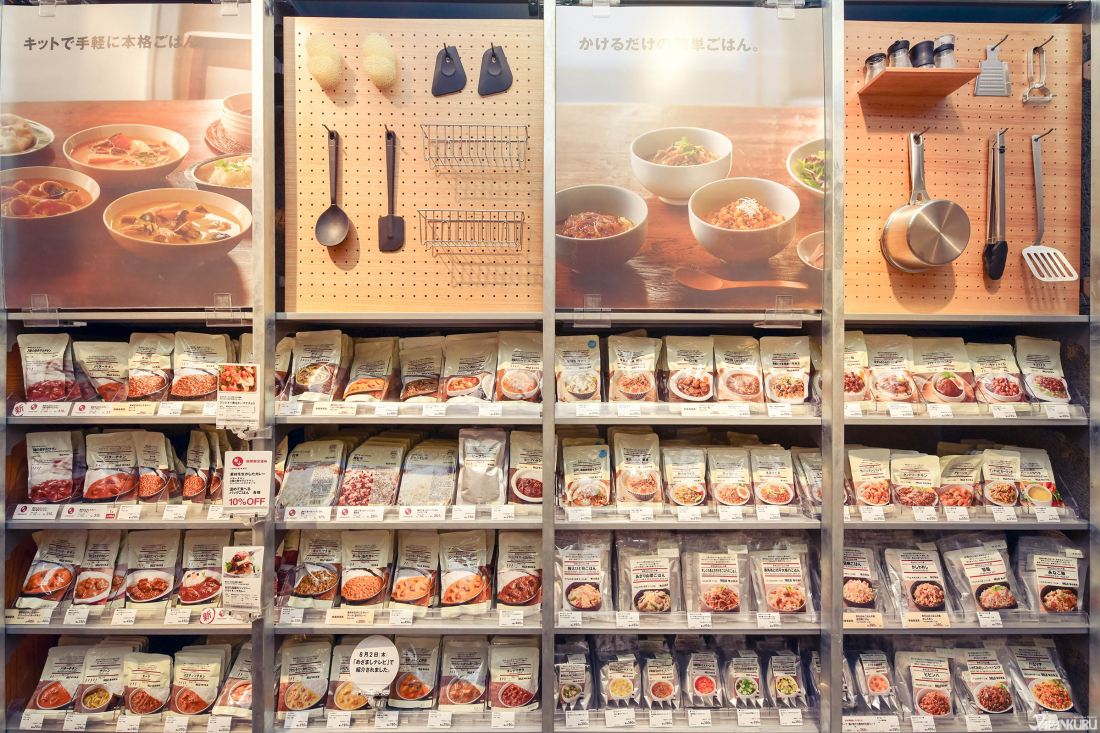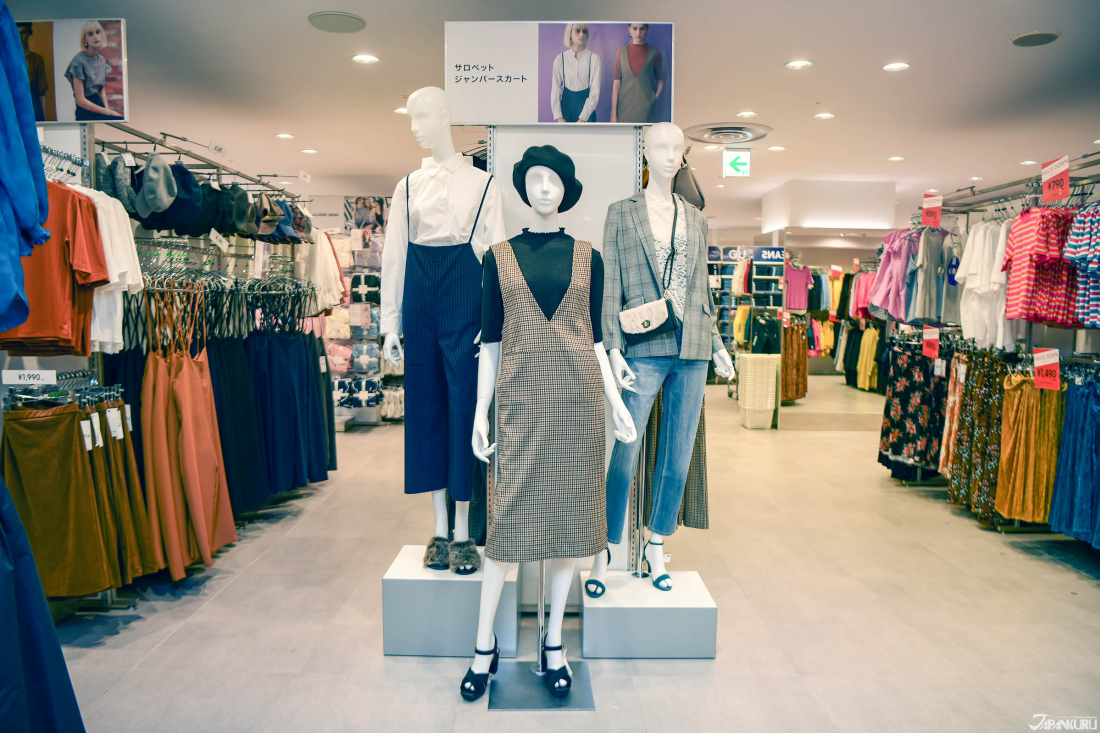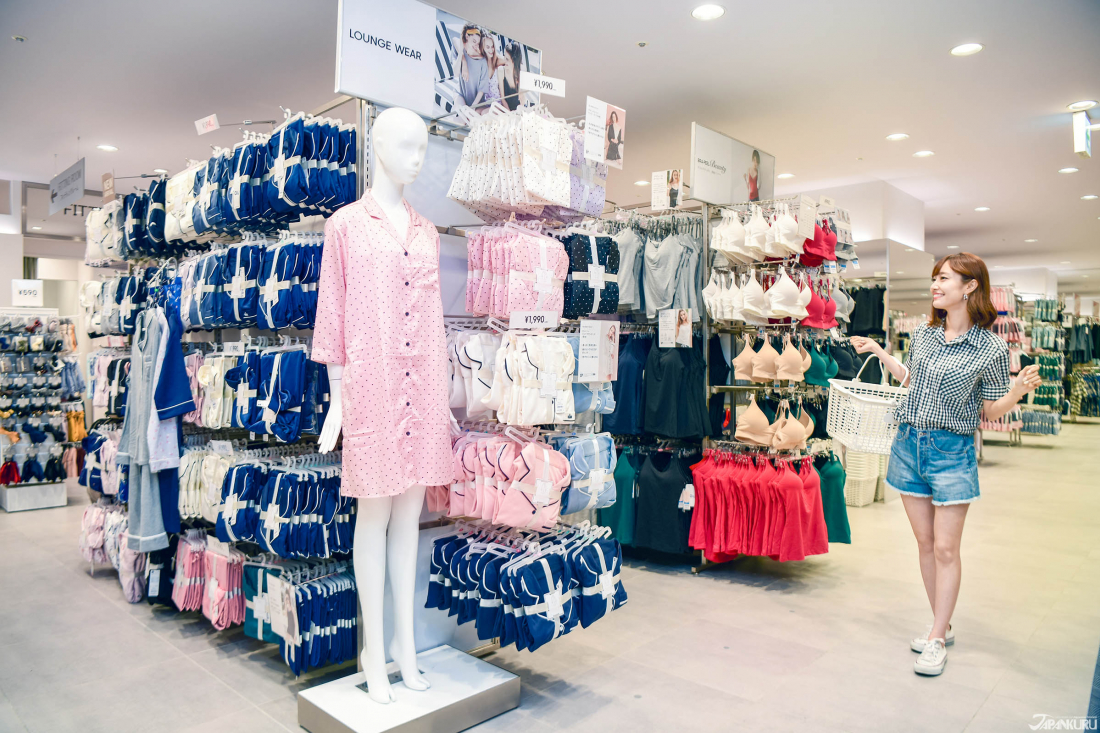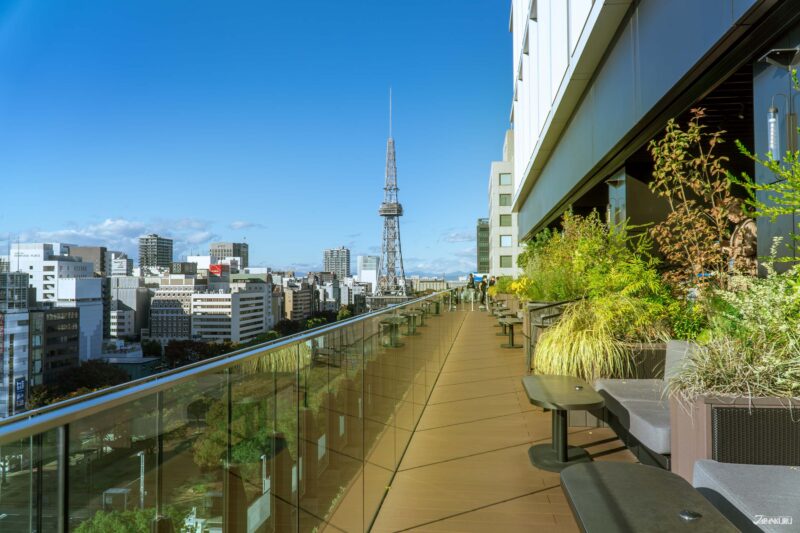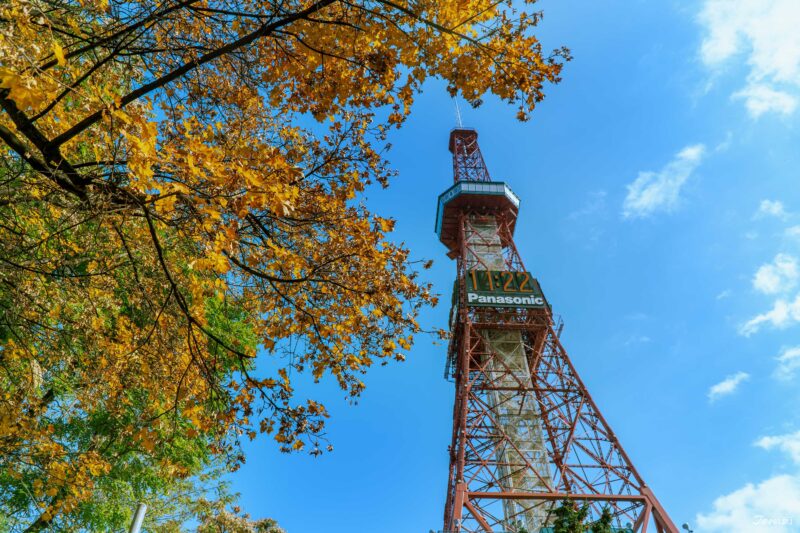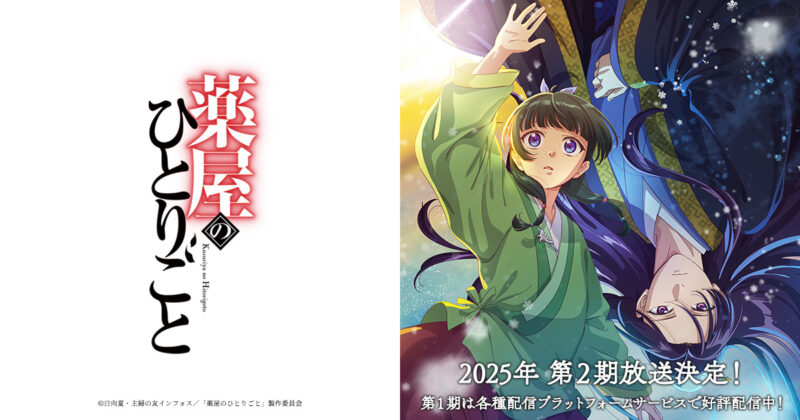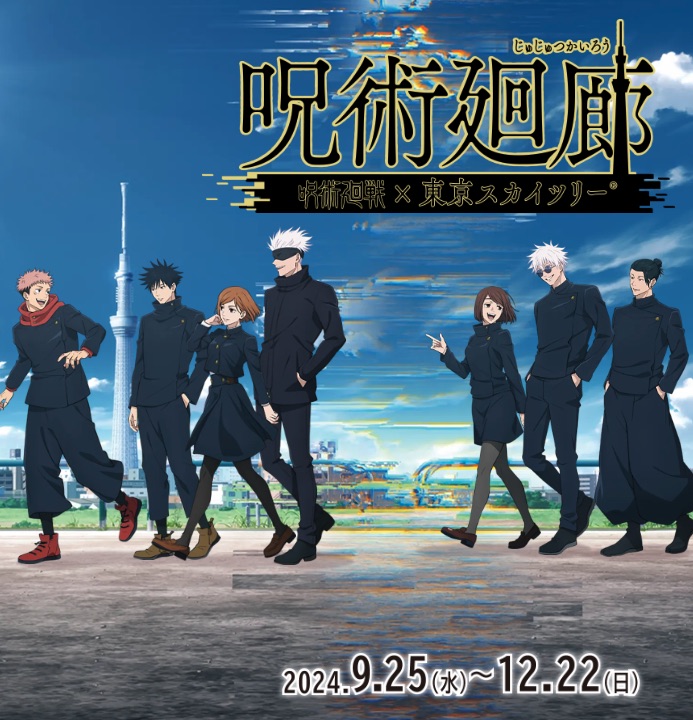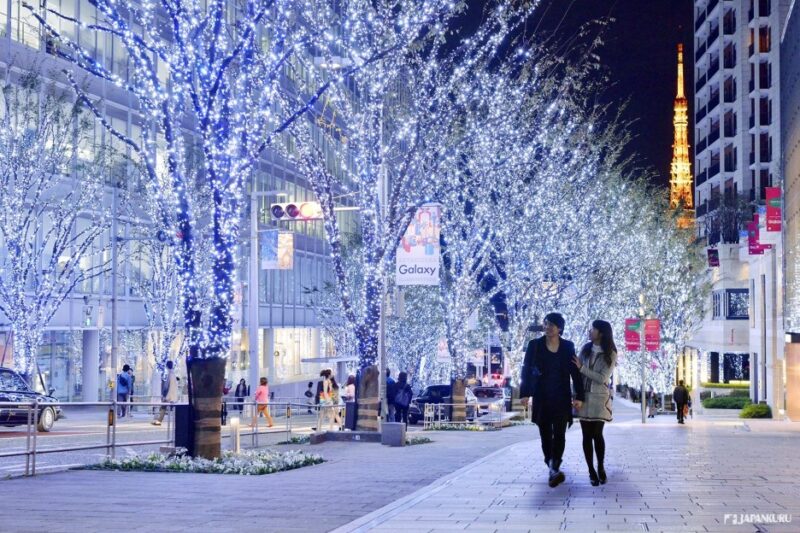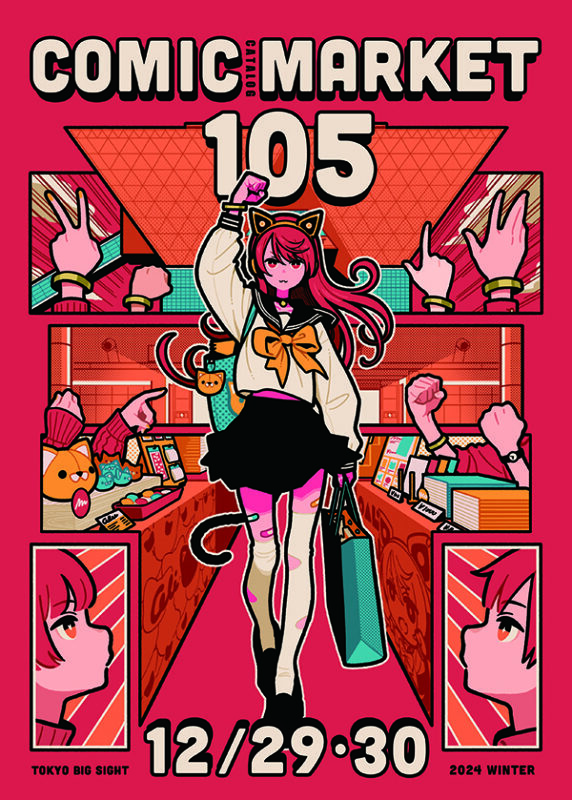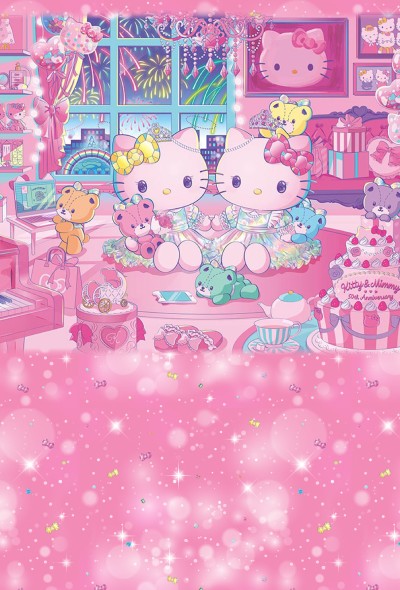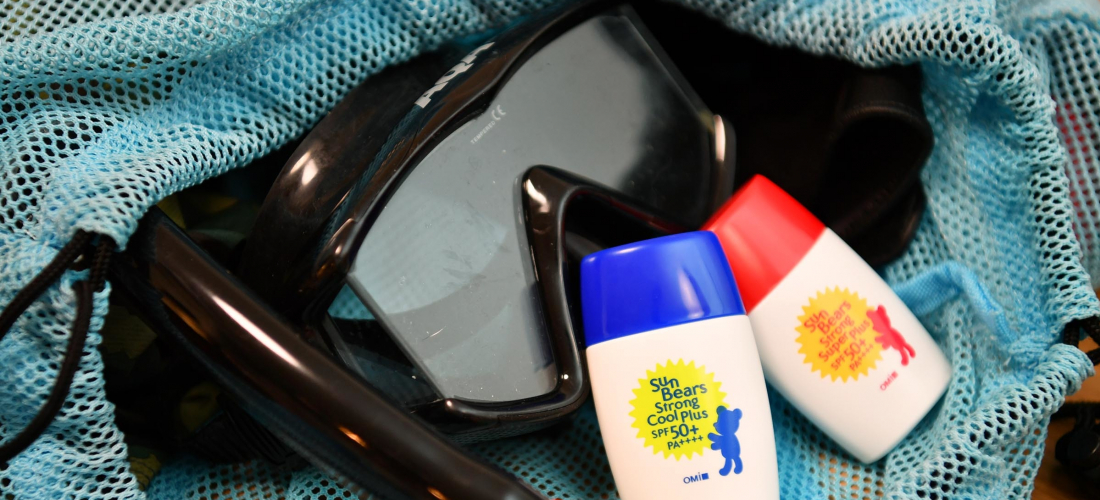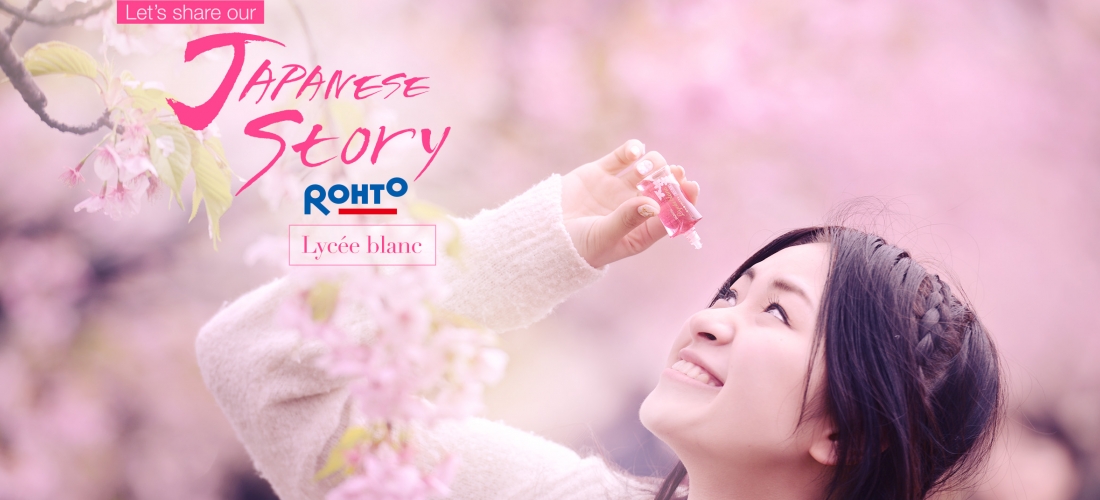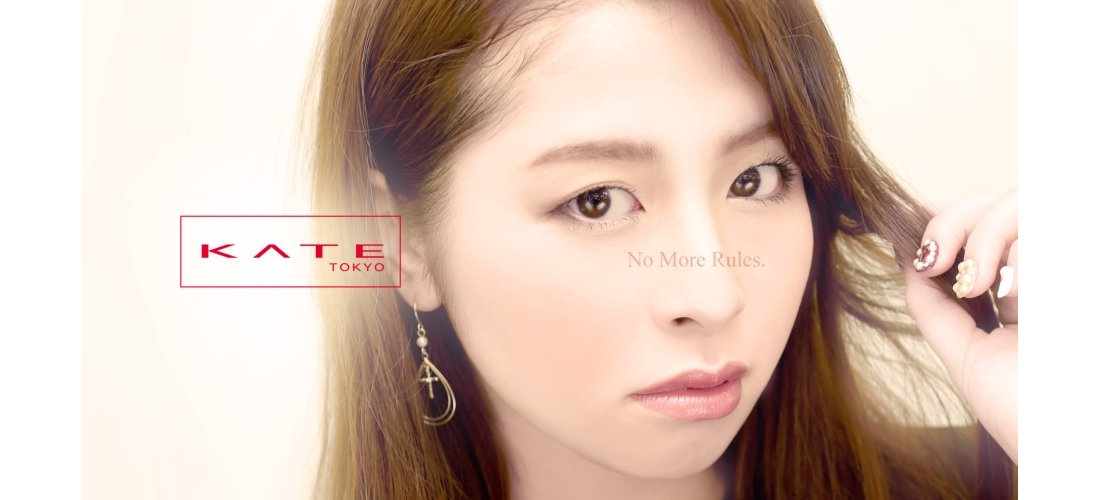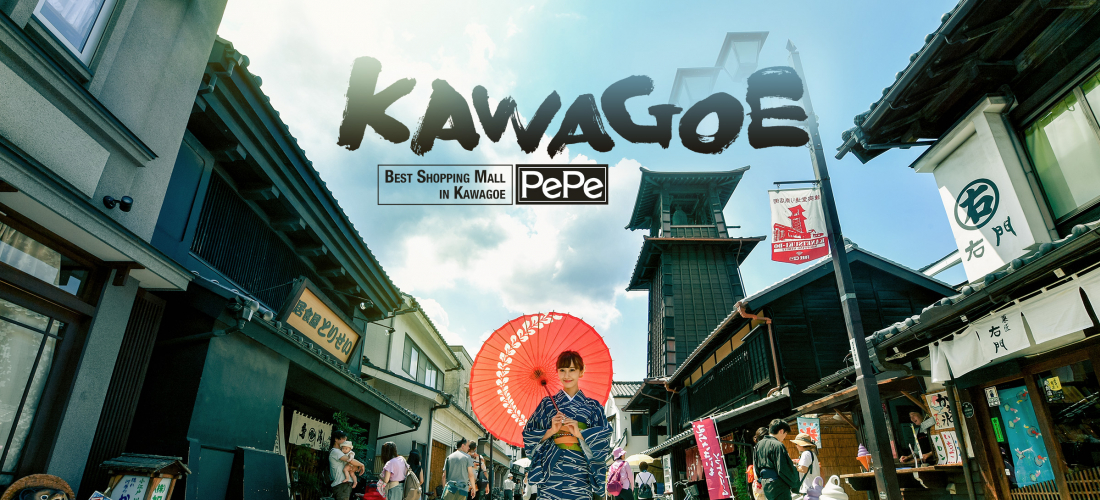
CONTENTS
Kawagoe “Little Edo” 1 Day Trip
Saitama Prefecture is often viewed as the suburbs located to the north of Tokyo mainly due to a number of people commuting for work in Tokyo daily. Aside from residential areas is a popular tourist place called Kawagoe. Kawagoe is also called "little Edo" since it still emphasizes the town it was during the Edo era (1603-1867).
As Japan became more modern, Saitama Prefecture began to change and develop in other areas. As a result, development in Kawagoe slowed down and the buildings and old atmosphere remained to what it is today. As a result, it was reexamined as an attractive tourist place where you can feel the atmosphere of Edo meets modern society.
Being so close to Tokyo, JAPANKURU has visited Kawagoe many times! This time we went for a special event held at Hikawa Shrine (氷川神社).
Related article ①
Kanto's Biggest Festival "Kawagoe festival"
Related article ②
Day Trip to Kawagoe
Getting to Kawagoe from Tokyo
🚉Seibu Shinjuku Station
1-30-1 Kabukicho, Shinjuku, Tokyo
Google Maps
Kawagoe Discount Tickets information link (ENG)
Red Arrow Limited Express information link (ENG)
※Different from the JR Shinjuku Station!
First, if you are going to the Kawagoe area we recommend taking the train to Hon-Kawagoe Station. Operated by Seibu Railway, it is possible to get on the limited express train Red Arrow at Seibu Shinjuku Station and get to Kawagoe in 44 minutes! Seibu Shinjuku Station is separate from the JR Shinjuku Station but easy to spot when walking from Shinjuku Station since it is connected to Prince Hotel and shopping mall PePe.
The Benefits of Riding the Red Arrow Limited Express Train
It is possible to go to Kawagoe by a regular train, but there are 3 main reasons we recommend using the Red Arrow Limited Express: 1. All seats are reserved (wheelchair space available), 2. WiFi on the train, 3. Includes vending machines and restrooms.
Buying tickets are also very simple! Just go to the ticket window at the station and choose which one you would like.
– Seibu Shinjuku Station ⇄ Seibu Hon-Kawagoe Station round-trip ticket
– Adult 1,500 yen Child 750 yen
2. Limited Express Ticket
– Red Arrow Limited Express boarding ticket
– 500 yen
Indulging in Japan’s Station Lunch Boxes “Ekiben”
When a Japanese person rides a train, they normally grab an "ekiben" to eat on the train. There are many restaurants in the area, but when you are in a rush or want just a little something to eat there is an area selling station lunch boxes (ekiben;駅弁). Normally it is bad manners to eat on trains, but when riding long destinations and on certain trains like the Red Arrow Limited Express, it is fine. In fact, you will surely see many Japanese snacking on these trains!
When heading to Kawagoe, we recommend the "koppe-pan" specialty shop just in front of the Seibu Shinjuku Ticket Counter, Komeda Kinsei Yawaraka Shiro-Coppe (やわらかシロコッペ). Similar to a sandwich, koppe-pan (コッペパン) is quick and easy as well as the perfect thing for when you just want something light. Also, when returning to Shinjuku from Kawagoe, you can also buy boxed lunches from the PePe shopping facility directly connected to the station. Koedo Ohana (小江戸オハナ), which specializes in eggs, is a really yummy store that we want to recommend.
*Seibu Shinjuku Station → Komeda Kinsei Yawaraka Shiro-Coppe
*Hon-Kawagoe Station → Koedo Ohana
Arriving at Hon-Kawagoe Station
Most of Kawagoe's main sightseeing places start at Hon-Kawagoe Station (本川越駅), which is why many tourists start their trip from this station. Also, the simple and quick access to and from inner-city Tokyo is a big factor.
Within Hon-Kawagoe Station is also a massive shopping facility PePe that has plenty of clothing, souvenirs, and also station lunch box stores (ekiben, 駅弁). We have been to Seibu Shinjuku PePe before, but never the one in Kawagoe! So since we arrived at this station, we took a look at Kawagoe PePe for the first time ever. But first, we are going to introduce some sightseeing spots in the Kawagoe area.
🛍️Seibu Hon-Kawagoe Pepe
1 Chome-22 Shintomicho, Kawagoe, Saitama
Google Maps
⏰10am~9pm
Official website link (ENG)
Hon-Kawagoe Station Tourist Information Desk
When you get off at Hon-Kawagoe Station, there is a tourist information office on the side opposite of the ticket gate. Here you can get various travel information of the Kawagoe area with brochures in multiple languages. Not only that, but they also offer a service that temporarily keeps your luggage from 9am until an hour before they close. Free WiFi is also available!
ℹ️Hon-Kawagoe Station Tourist Information Desk
Luggage storing service: 500yen/bag
*Staff can speak English
Since Kawagoe has the scenery and atmosphere of the Edo period, wearing kimonos and yukatas can be a lot of fun. When we go to Kawagoe and decide we want to dress up, we normally visit the kimono rental store Vivian (美々庵). It is about 30 seconds on foot from Kawagoe's famous clock tower "Toki no Kane" and one of the firsts
to start a kimono rental service in the area.
If you go to Vivian, it is better to book in advance online. They are pretty low on staff,
so if you do not make a reservation it is likely you will have to wait awhile.
👘Vivian (美々庵 )
14-5 Saiwaicho, Kawagoe, Saitama
Google Maps
Kimono rental reservation link
Vivian homepage (JP)
"Toki no Kane" (時の鐘)
"Toki no Kane" (時の鐘), translated as the "Bell of Time", is a wooden bell tower that can be said to be the symbol of Kawagoe. Toki no Kane was originally built about 400 years ago but due to being set on fire many times it to be rebuilt 3 times.
The current bell tower was built in 1893 for the 4th time and is standing among low buildings to almost show off its beauty and presence. Due to being known as Kawagoe's symbol, it is often used as shooting places for as posters and magazines in promoting the area.
🏫Toki no Kane (時の鐘)
15-7 Saiwaicho, Kawagoe, Saitama
Google Maps
Toki no Kane information page (JP)
A few steps down the main street from the bell tower is a Starbucks. The Starbucks Coffee Kawagoe Kanetsuki Dori opened around March 2018, and its wooden exterior caught our eye. This wooden Starbucks also has a Japanese garden terrace is an essential place to stop at while in Kawagoe.
☕Starbucks Coffee Kawagoe Kanetsuki Dori
15-18 Saiwaicho, Kawagoe, Saitama
Google Maps
Starbucks Coffee Kawagoe Kanetsuki Dori information page
If you are going to visit Kawagoe, you have to eat at the unagi (eel) restaurant Hayashiya (林屋)! Eel in Japan is well known for being something you eat primarily in the summer. It is characterized by being repeatably baking while the special sauce soaks in making it super delicious and juicy.
Since Kawagoe is the 2nd most famous place when it comes to eel in Japan, there are several shops where you can eat eel. However this particular restaurant is gaining popularity due to its sauce that is sweet and fragrant along with the eels being huge. By the way, if you go for lunch time, we recommend visiting a little earlier before the doors open since it is a popular store within Kawagoe so there may be a line.
🍱Hayashiya (林屋)
2-4 Nakacho, Kawagoe-shi, Saitama
Google Maps
⏰11am~6pm
Kawagoe Hikawa Shrine is a shrine with a history of about 1,500 years and is a popular shrine especially among young people. The reason is that this is shrine enshrine the God of the marriage. For that reason, there are many charms for both singles wishing to find someone and people in relationships hoping for another successful year together.
Since the shrine is a place where Gods are gathered, when entering the shrine "cleansing and purifying" the body and soal is a must. If you have never seen it or had it explained to you before, it can be hard to know the proper cleansing process which is why we are going to break it down so that you can do it properly on your visit to not only Hikawa Shrine but other shrines throughout Japan.
⛩️Kawagoe Hikawa Shrine (川越氷川神社)
2-11-3 Miyashitamachi, Kawagoe, Saitama
Google Maps
Kawagoe Hikawa Shrine homepage (JP)
1. After bowing, hold the ladle with your right hand and scoop some water.
2. Wash your left hand first, then switch hands and wash your right.
3. Holding the ladle in your right hand again, pour some water in the palm of your left hand and lightly rinse your mouth. Don't swallow! Spit out the water below.
4. After washing the left hand again, rinse the ladle so that water flows down the rail of the ladle.
5. Return the ladle gently, facing downwards to the original position.
An ema (絵馬) are small wooden plaques at shrines where people write their wishes on. If you have been to a shrine in Japan you are sure to have seen a long wall or display of them. They are a really neat part of Japanese culture and definitely something to try at least once. Kawagoe Hikawa Shrine has an ema like a tunnel and this mysterious and cute scene is also one of the most popular photo spots in the shrine.
Wind chimes symbolize the summer of Japan and are mostly made from glass. To help represent summer, Hikawa Shrine hangs about 2,000 wind chimes every year for a limited time and it is a beautiful sight. What makes these wind chimes special is that people's wishes are written on the tails of the glass wind chimes, making a unique infusion of two different sides of Japanese culture.
Once it gets darker, a special light up event incorporating the wind chimes is held. In some old documents that describe the history of Kawagoe Hikawa Shrine, there is a "Legend of the Glowing River". About 500 thousand years ago, the bottom of Saitama's Iruma River glowed over a wide range every night. After noticing that, people began to wonder where the origin of light came from so the traced the source to where Kawagoe Hikawa Shrine is currently standing. At the time thought there was nothing there, so after discovering such a beautiful rarity, it was decided to build the Kawagoe Hikawa Shrine was built there.
Following this honor, while the wind chime festival is being held, every day from 7~9pm, the creek inside the shrine will light up.
🎐Kawagoe Hikawa Shrine Wind Chime Festival (縁結び風鈴)
July 7~September 9, 2018
Schedule for 2019 is undecided
Large-Scale Shopping Facility Directly Connected to Hon-Kawagoe Station
🛍️Seibu Hon-Kawagoe Pepe
1 Chome-22 Shintomicho, Kawagoe, Saitama
Google Maps
⏰10am~9pm
Official website link (ENG)
🍱Train Station Lunch Box “Ekiben”
As we mentioned before, after traveling in Kawagoe, many people stop by at the station for some last minute shopping or snacks at PePe before returning to Tokyo. One thing that is the main buying point is the station lunch boxes with eggs from Koedo Ohana (小江戸オハナ). They use original eggs and incorporate them in sandwiches and lunch boxes that are made directly at the store right in front of you.
🍱Koedo Ohana (小江戸オハナ)
1F
10am~9pm
🍠Japanese Sweets Specialty Store with 230 Years of History
Kameya (龜屋) is known as a Japanese-style sweets store specializing in regional sweets. The sweets are made with domestic rice and azuki beans and Kawagoe's famous sweet potatoes (さつまいいも; satsumaimo). Since they also sell snacks singularly, we got one and ate it on the train back to Tokyo. The sweetness was just the perfect amount to not overpower the sweet potato flavor. We 100% recommend trying one for those who like sweet potatoes!
🍠Kameya (龜屋)
1F
10am~9pm
🍮Traditional Japanese Sweets Store
Kuradukuri Honpo (くらづくり本舗) is a Japanese sweet company like the store we introduced just before. There are so many kinds and variations, you feel like you are at a buffet when you pile up what you want on the store's basket plate. If you are not sure what to get, one of the store's most popular and highly recommended snack is Fukugura (福蔵). Similar to a rice cracker outing, it is packed with a sweet red bean paste.
🍮Kuradukuri Honpo (くらづくり本舗)
1F
10am~9pm
🛒Fashion, Lifestyle Goods, Food
MUJI is a brand that sells world famous miscellaneous goods. There are stores overseas, but you should try going once while traveling in Japan because they often sell limited items. Hon-Kawagoe PePe's MUJI had various goods particularly convenient, lifestyle goods that are useful for traveling like travel bags and high-quality microwavable meals.
🛒MUJI (無印良品)
1F
10am~9pm
👚Currently Trending Casual Clothing
GU is a well-known store that is a Japanese discount casual wear designer and under the same company as the just as famous UNIQLO. Compared to UNIQLO, GU is more of a popular affordable brand in Japan among younger people. They also have a pajamas corner that is filled with loads of different styles of comfy pjs.
👚GU
2F
10am~9pm
🛍️Seibu Hon-Kawagoe Pepe
1 Chome-22 Shintomicho, Kawagoe, Saitama
Google Maps
⏰10am~9pm
💻Official website
For more interesting topics,
Be sure to look at JAPANKURU🐶 for more exciting articles every day!!
Or add us on Google+, Instagram, Facebook to share your Japanese pictures💖🗾
Details
NAME:Seibu Hon-Kawagoe Pepe
MAP
1 Chome-22 Shintomicho, Kawagoe, Saitama
ACCESS:Seibu Hon-Kawagoe Station
CONTACT TEL:049-226-7777
COMMENT
FEATURED MEDIA
VIEW MORE
A Tokyo Winter Must-See: Tokyo Mega Illumination Event Period: November 2, 2024 ~ January 12, 2025 *Closed Nov 4~8, Dec 1~6, Dec 25~ Jan 1. End date may be subject to change. Hours: 16:30 – 21:00 (final admission 20:00) *Opening hours may vary depending on scheduled events or congestion, please check the official website for details. Directions: 2 min. walk from Tokyo Monorail Oikeibajo-Mae Station, 12 min. walk from Keikyu Tachiaigawa Station #japankuru #tokyowinter #tokyomegaillumination #megaillumination2024 #tokyocitykeiba #도쿄메가일루미네이션 #tokyotrip #oiracecourseillumination

Tokyo Shopping Spot Recommendation: New Balance Kichijoji #newbalance #newbalancekichijoji #newbalancejapan #japanesesneakerheads #shoppinginjapan #japantrip #도쿄여행 #도쿄쇼핑 #뉴발란스 #일본한정 #일본패션 #日本購物 #日本買衣服 #NB #日本時尚 #東京購物 #รองเท้าnewbalance #นิวบาลานซ์ #รองเท้าผ้าใบ #ช้อปปิ้ง #คิจิโจจิ #japankuru

See Kyoto Clearly With Your New Glasses #japankuru #kyoto #jins #교토여행 #진즈 #京都 #교토수족관 #가모가와 #kamogawa #kyotoaquarium

The First Japanese Converse Flagship: CONVERSE STORE HARAJUKU #japankkuru #conversejp_pr #conversejapan #harajuku #tokyotrip #converse #tokyoshopping #匡威 #帆布鞋 #東京購物 #原宿 #日本時尚 #일본쇼핑 #일본컨버스 #일본한정 #하라주쿠 #일본패션 #일본스트릿 #รองเท้าconverse #รองเท้าผ้าใบ #ช้อปปิ้ง #ฮาราจูกุ #คอนเวิร์ส

Japanese Makeup Shopping • A Trip to Kamakura & Enoshima With Canmake’s Cool-Toned Summer Makeup #pr #canmake #enoshima #enoden #에노시마 #캔메이크 #japanesemakeup #japanesecosmetics

⚔️The Robot Restaurant is gone, but the Samurai Restaurant is here to take its place. Check it out, and don't forget your coupon! 🍣신주쿠의 명소 로봇 레스토랑이 사무라이 레스토랑으로 부활! 절찬 쿠폰 발급중 💃18歲以上才能入場的歌舞秀,和你想的不一樣!拿好優惠券去看看~ #tokyo #shinjuku #samurairestaurant #robotrestaurant #tokyotrip #도쿄여행 #신주쿠 #사무라이레스토랑 #이색체험 #할인이벤트 #歌舞伎町 #東京景點 #武士餐廳 #日本表演 #日本文化體驗 #japankuru #japantrip #japantravel #japanlovers #japan_of_insta

Japanese appliance & electronics shopping with our KOJIMA x BicCamera coupon! 用JAPANKURU的KOJIMA x BicCamera優惠券買這些正好❤️ 코지마 x 빅 카메라 쿠폰으로 일본 가전 제품 쇼핑하기 #pr #japankuru #japanshopping #kojima #biccamera #japaneseskincare #yaman #dji #osmopocket3 #skincaredevice #日本購物 #美容儀 #相機 #雅萌 #日本家電 #일본여행 #면세 #여행꿀팁 #일본쇼핑리스트 #쿠폰 #일본쇼핑 #일본브랜드 #할인 #코지마 #빅카메라 #japankurucoupon

Odaiba's DiverCity Tokyo Plaza is home to the famous real-size 20m-tall Unicorn Gundam, and the popular shopping center has even more Gundam on the inside! Check out the Gundam Base Tokyo on the 7th floor for shelves upon shelves of Gunpla, and the Gundam Base Tokyo Annex on the 2nd floor for cool anime merchandise. Both shops have tons of limited-edition items! #pr #odaiba #tokyo #tokyotrip #japantrip #japantravel #PR #divercity #divercitytokyoplaza #tokyoshopping #gundam #unicorngundam #gundambasetokyo #anime #otaku #gunpla #japankuru #오다이바 #다이바시티도쿄 #오다이바건담 #건담 #일본건담 #건프라 #건담베이스도쿄

